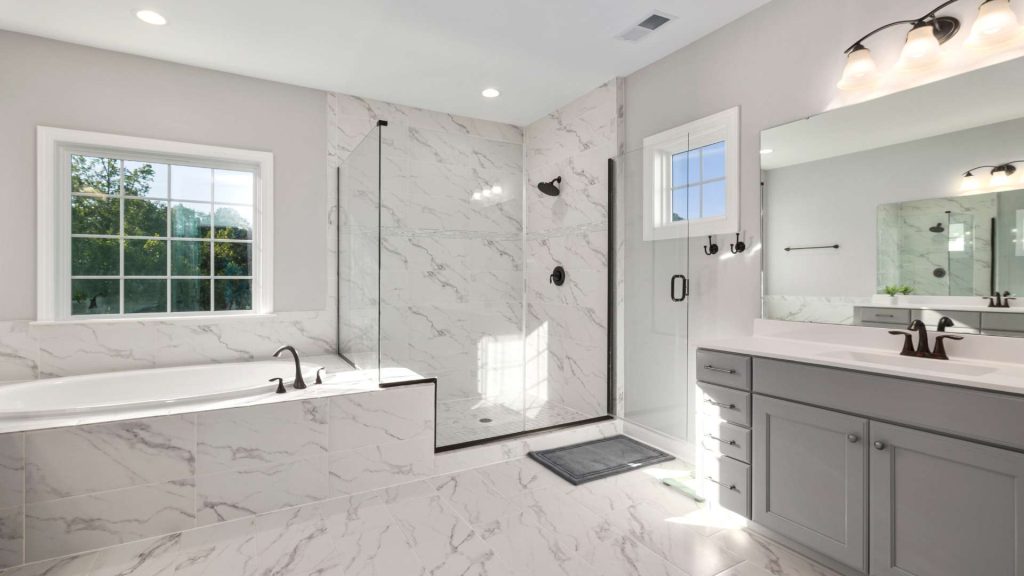Smart and Sustainable – Latest Trends in Bathroom Design and Eco-Friendly Products
In the evolving realm of interior design, the intersection of smart technology and sustainability is reshaping bathroom design, reflecting a growing commitment to both innovation and environmental stewardship. Modern bathrooms are increasingly adopting smart features that enhance convenience while promoting eco-friendliness. Intelligent toilets with built-in bidets, self-cleaning mechanisms, and water-saving functions exemplify how technology can contribute to sustainability. These high-tech fixtures often use less water compared to traditional toilets, helping to conserve this precious resource while maintaining high standards of hygiene and comfort. Additionally, smart showers with temperature control and flow rate management offer another layer of eco-conscious design. By allowing users to preset their preferred water temperature and monitor their water usage, these systems prevent wastage and promote efficient water use. The integration of sensors and automated controls ensures that water is used judiciously, aligning with the broader goal of reducing environmental impact.

Sustainability extends beyond individual fixtures to encompass the materials and design principles used in bathroom design hong kong. Eco-friendly materials such as recycled glass tiles, bamboo flooring, and low-VOC volatile organic compounds paints are becoming staples in modern bathroom design. These materials not only reduce the carbon footprint but also contribute to healthier indoor air quality. Recycled glass tiles, for example, offer a stylish and sustainable alternative to traditional ceramic tiles, while bamboo flooring is celebrated for its rapid growth and renewability, making it a viable option for environmentally-conscious homeowners. The design approach also reflects a shift towards minimalism and resource efficiency. Sleek, space-saving vanities and floating sinks not only enhance the aesthetic appeal of bathrooms but also reduce the amount of material required for cabinetry and fixtures. This minimalist trend supports sustainability by promoting efficient use of space and materials, thus minimizing waste. Another innovative development is the use of energy-efficient lighting and heating solutions.
LED lighting, known for its longevity and low energy consumption, is increasingly being used to illuminate bathrooms. Similarly, radiant floor heating systems, which are both energy-efficient and effective at maintaining a comfortable temperature, offer an eco-friendly alternative to traditional heating methods. Water conservation is further supported by the adoption of smart water management systems. These systems monitor water usage patterns and detect leaks, providing users with real-time data and alerts that help prevent waste and reduce utility bills. By integrating these technologies, homeowners can make more informed decisions about their water usage and contribute to overall environmental conservation efforts. Overall, the latest trends in bathroom design underscore a growing commitment to integrating smart technologies with sustainable practices. This fusion not only enhances functionality and comfort but also aligns with a broader movement towards environmental responsibility. As these innovations continue to evolve, they offer promising solutions for creating bathrooms that are both cutting-edge and eco-friendly, reflecting a future where style and sustainability go hand in hand.